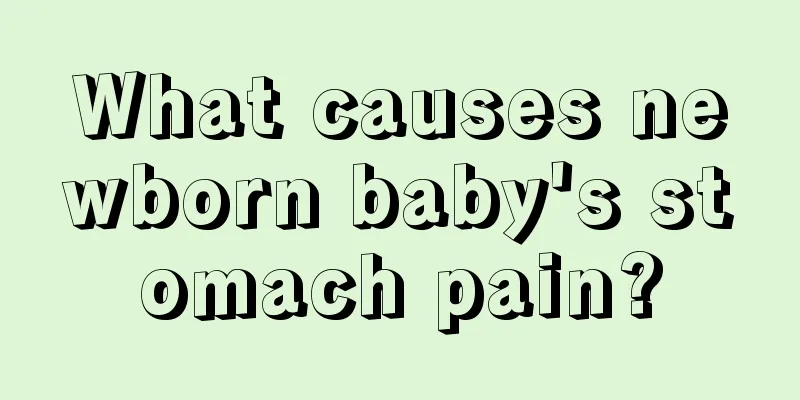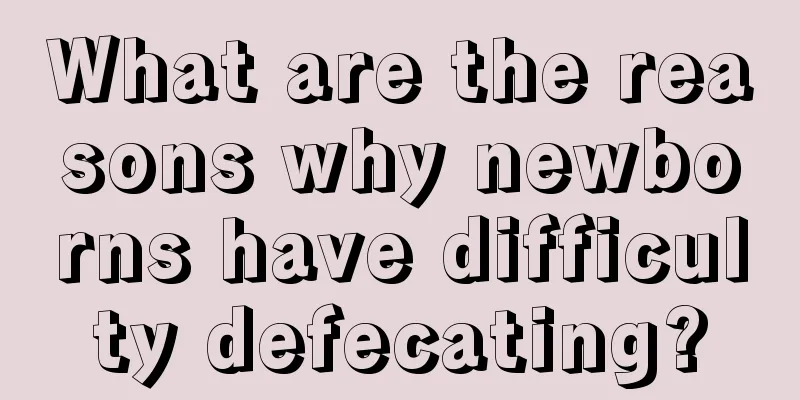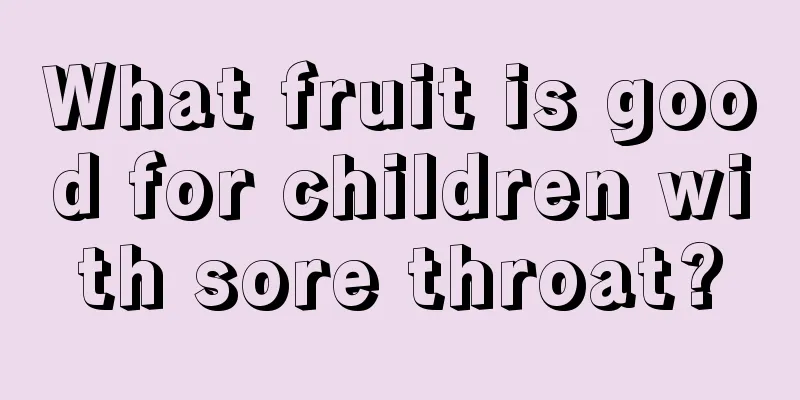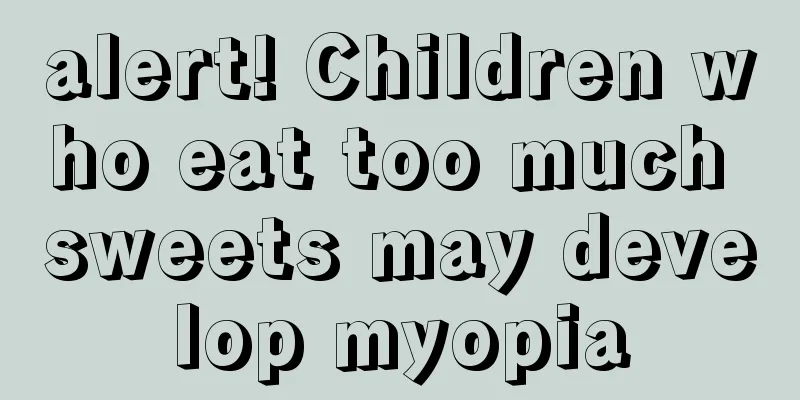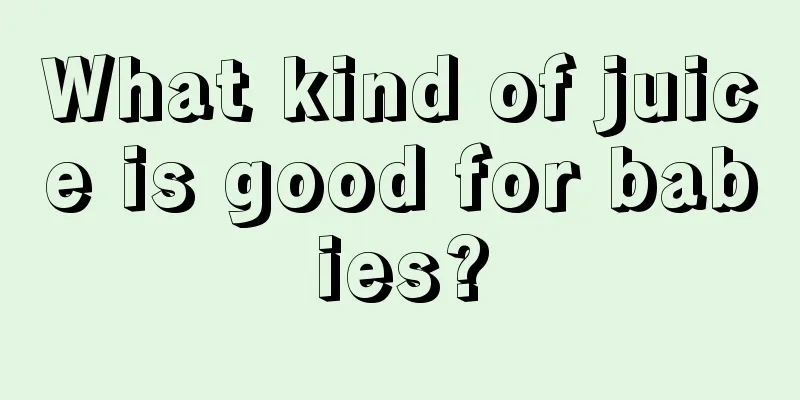Does a child lose teeth at the age of 7?
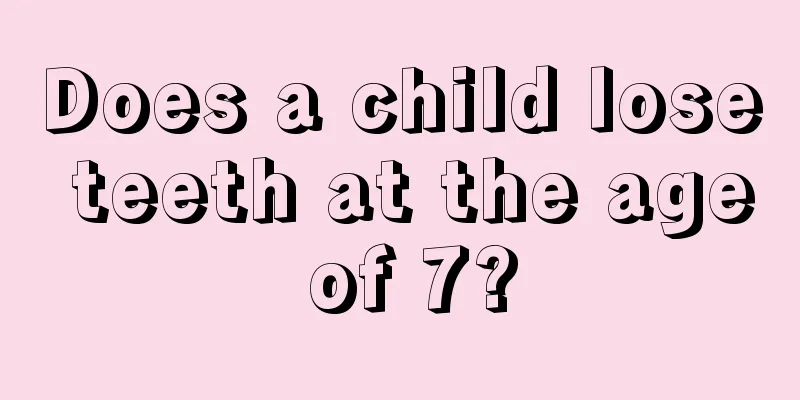
|
Do children lose their teeth at the age of 7? When a child's teeth erupt at the age of six, but no deciduous teeth fall out, parents tend to ignore this problem, thinking that it is just tooth decay and is not important. If you don't pay attention to it, it may cause premature loss of the first permanent molars due to lack, affecting your child's life. Children usually start to lose their teeth around the age of 6. If your child has not lost his or her teeth by the age of seven, you must pay enough attention to it. Let’s take a look at some of the issues related to children’s tooth replacement. Children usually start to lose their teeth around the age of 6. The physiological shedding of the first deciduous tooth usually occurs around the age of 6, but it can also occur as early as 4 years old, or as late as 7-8 years old, so there is no need to worry. Naturally fallen deciduous teeth have no roots and the fallen surface appears eroded. Parents should pay attention to observe and not confuse them with broken roots of deciduous teeth. People grow teeth twice in their life, namely deciduous teeth and permanent teeth. There are 20 deciduous teeth, which usually start to erupt around 6 months old and are fully grown at 2-3 years old. There are 28-32 permanent teeth (the number of wisdom teeth is 0-4), which usually start to erupt around 6 years old and 28 are fully grown at 12-13 years old (wisdom teeth vary from person to person). Therefore, the tooth replacement period is usually between 6 and 12 years old. There are certain rules for tooth replacement. Simply put, it is a certain time and a certain order, following the principle of "left-right symmetry, first lower and then upper". Left-right symmetry, first lower and then upper refers to teeth with the same name. There are two different opinions about which permanent tooth grows first in children. One is that the first permanent molar that usually grows around the age of 6 grows close to the last deciduous molar, called the sixth-year molar, which erupts slightly earlier than or at the same time as the lower central incisor. Another theory is that children first replace the two middle front teeth in the lower row. Dentists say that this may be different for each child. Children grow upper central incisors and lower lateral incisors at the age of 6-8, upper lateral incisors at the age of 8-9, first and second bicuspids at the age of 10-12, and permanent canines at the age of 10-11. Do children lose their teeth at the age of 7? Also, as parents begin to see permanent teeth erupting and baby teeth falling out, don't be too quick to take your child to the hospital to have the teeth removed. Removal is often very painful and can make your child's first dental experience a very unhappy one. It is recommended that the child constantly change and shake the baby teeth to loosen them so that they fall out on their own. But if there are obvious permanent teeth and no lost teeth, you should pay attention to it as soon as possible. |
<<: About Children's Tooth Extraction
>>: Can a 10-month-old baby use air conditioning?
Recommend
Can childhood bronchial asthma be cured?
If a child develops bronchial asthma, it will be ...
How many times is it normal for a newborn to wake up at night?
After a baby is born, his daily routine is basica...
Causes of bleeding gums in babies
After the baby is born, the joy of becoming a new...
Symptoms of iron deficiency in children
I believe everyone knows the importance of iron t...
What is the color of a full-month baby's stool?
Babies cannot express their thoughts when they ar...
Can vitiligo in children be cured?
Vitiligo can occur not only in adults, but also i...
What should I do if my child has something stuck in his nose?
Children are very naughty and often do dangerous ...
The child has a fever but does not have a fever
It is said that there is no trivial matter in par...
How to ensure that your baby gets hind milk
The health of the baby is a topic that every pare...
ADHD Intelligence
Children with ADHD have relatively low intelligen...
How to treat gingivitis in children?
Gingivitis is a disease that occurs in the mouth....
What to do if your child is shy
Nowadays, a child’s personality is influenced by ...
Can children's earwax be cleaned?
Deafness is an oily symptom. Symptoms due to otit...
Spots on the child's face
Some children have freckles on their faces, which...
Symptoms of intellectual disability in a three-year-old
A person's IQ is partly determined at birth, ...


